
Amsterdam is a city of intrigue and mystery, known for its vibrant nightlife, historic canals, and its unique district that glows with blue lights after sunset. Although known for the famous Red Light District, another lesser-known yet equally fascinating district exists, bathed in blue lights, attracting curiosity from locals and tourists alike. This article aims to shed light on this distinctive district, the Blue Light District, and provide a comprehensive guide to understanding its nuances.
The Blue Light District – An Overview
The Blue Light District is a part of Amsterdam’s infamous Red Light District. This district is distinguishable by the blue lights illuminating the windows of certain establishments, in contrast to the red lights commonly associated with the rest of the district. The blue lights serve to indicate that the services offered within differ from those found in the conventional Red Light District.
The Significance of Blue Lights
In the Red Light District, red lights frequently denote the presence of sex workers offering their services. However, in the Blue Light District, blue lights signify something different. The blue lights are often associated with establishments that cater to fetishes and the LGBTQIA+ community, creating a more diverse and inclusive experience for visitors. These establishments may offer a range of services, from BDSM dungeons to LGBTQIA+ friendly bars and clubs.
The History of the Blue Light District
The Blue Light District has its roots in the city’s progressive and open-minded nature. Amsterdam has long been known for its tolerance and acceptance of diverse lifestyles and sexual preferences. The blue lights were introduced as a way to differentiate establishments that offered alternative services and experiences.
Over the years, the Blue Light District has grown and evolved, reflecting the changing attitudes towards sexuality and the desire for more inclusive spaces. It has become a place where people can explore their desires and connect with like-minded individuals without judgment or stigma.
Exploring the Blue Light District
Just like the Red Light District, the Blue Light District can be found in the heart of Amsterdam, specifically in the area known as De Wallen. It’s a maze of narrow streets and canals, lined with centuries-old buildings that house a variety of establishments.
As you wander through the Blue Light District, you’ll notice the blue lights illuminating the windows of certain buildings. Each establishment has its own unique atmosphere and offerings. Some may feature live performances, while others may have dedicated spaces for various fetishes. It’s essential to approach these establishments with an open mind and respect for the individuals who work there.
One popular attraction in the Blue Light District is the Casa Rosso, a well-known erotic theater that offers live shows and entertainment. From burlesque to acrobatic performances, visitors can witness a variety of acts that push boundaries and challenge societal norms.
For those interested in exploring LGBTQIA+ friendly establishments, the Blue Light District offers a range of options. You can find bars and clubs that cater specifically to the queer community, providing a safe and inclusive space for everyone to express themselves and have a good time.
Responsible Tourism and Etiquette
As with any district that caters to alternative lifestyles and sexual preferences, it is crucial to approach the Blue Light District with respect and consideration. It’s important to remember that the individuals working in these establishments are providing a service and should be treated with dignity. Always seek consent and be mindful of personal boundaries.
Additionally, photography is strictly prohibited in the Blue Light District to protect the privacy and anonymity of the individuals working there. It is essential to respect this rule and refrain from taking pictures or videos.
Conclusion
The Blue Light District offers a unique and diverse experience for those looking to explore Amsterdam’s alternative side. With its blue lights and range of establishments, it provides a welcoming space for individuals to embrace their desires and connect with others who share their interests. While visiting, it is crucial to approach the district with respect and an open mind, ensuring that everyone can enjoy the experience in a safe and inclusive environment.





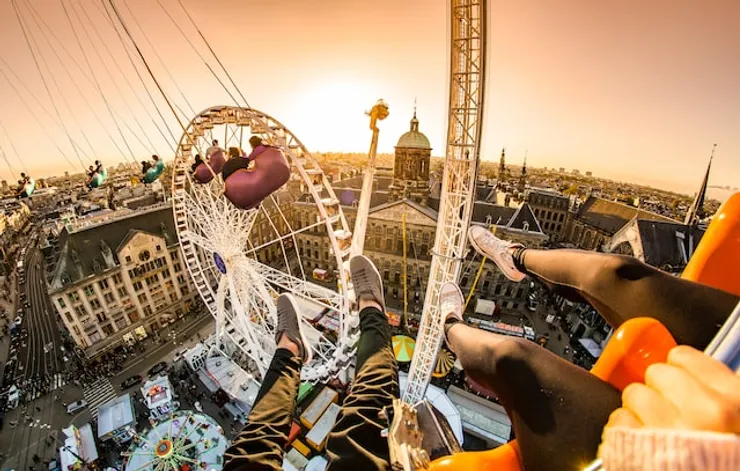
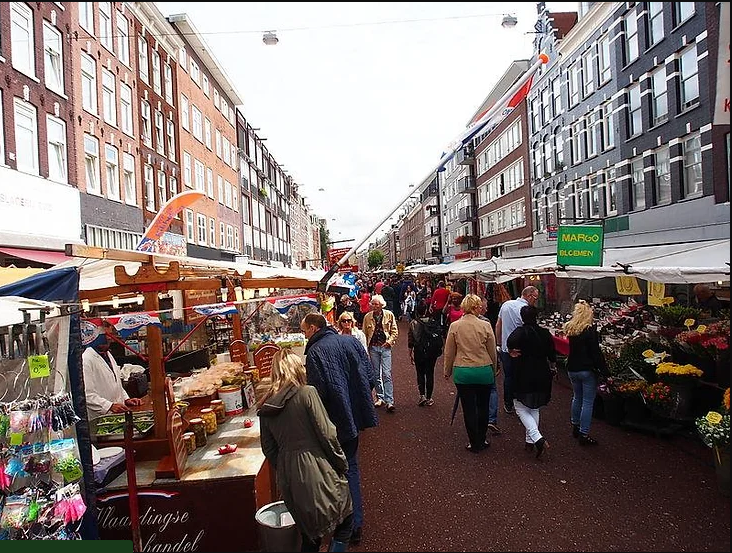

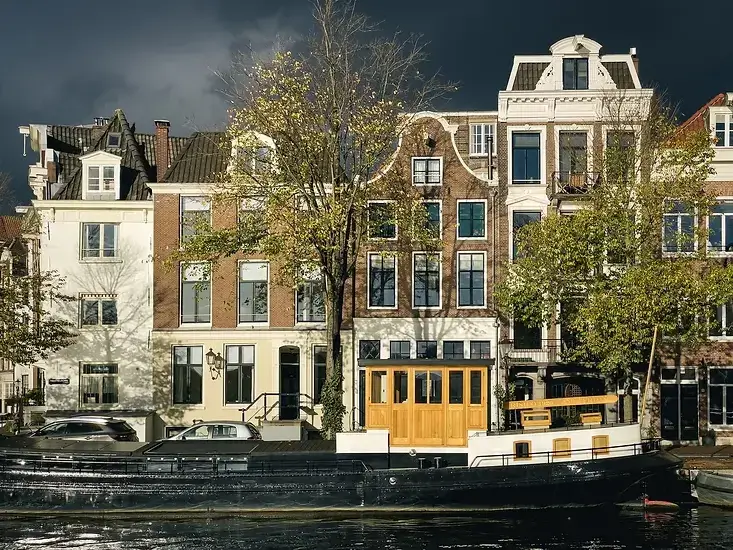

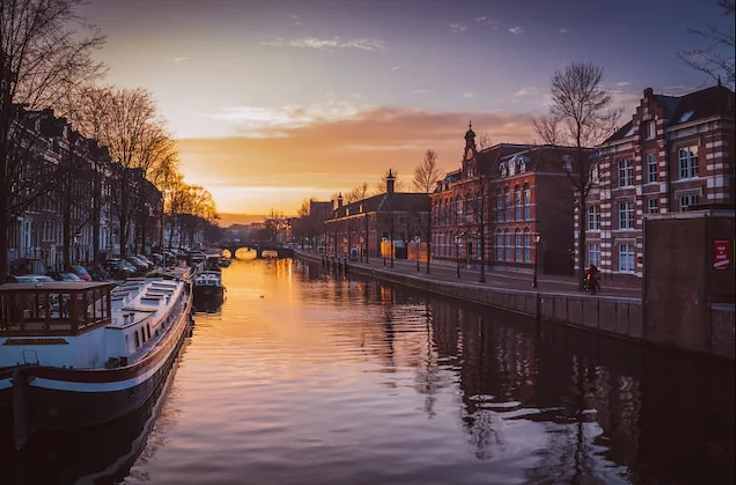
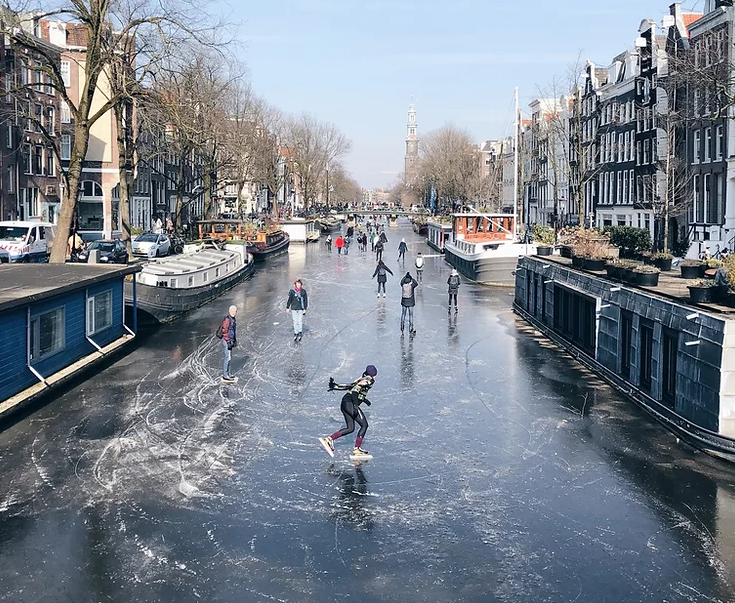
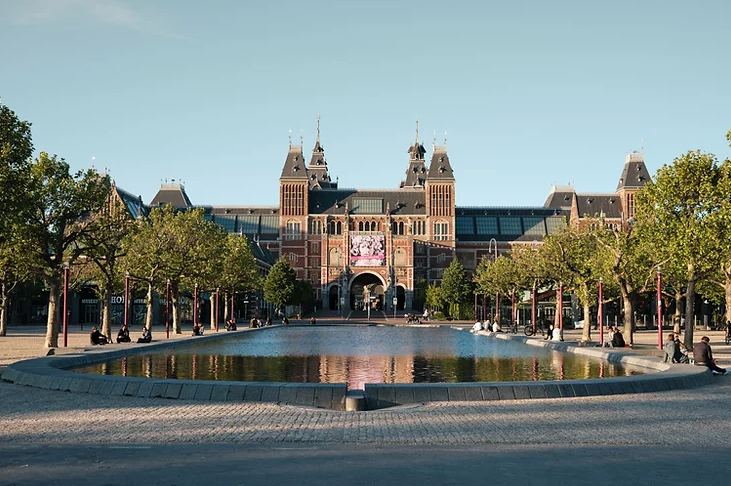
Leave a Reply